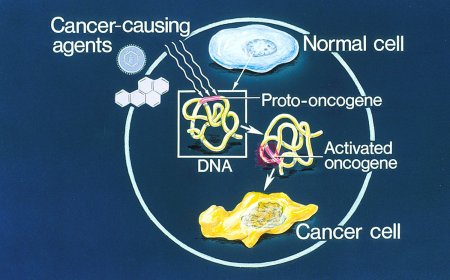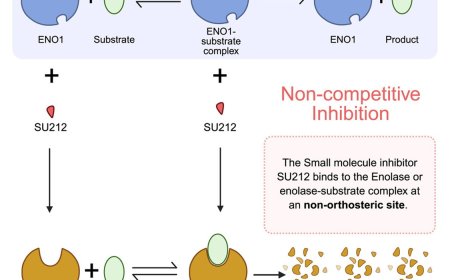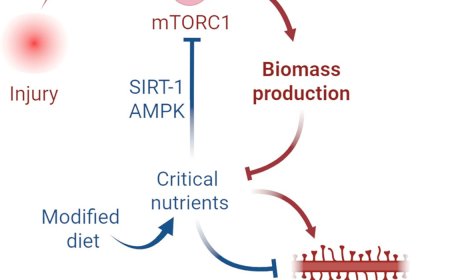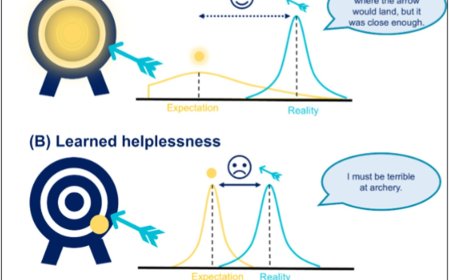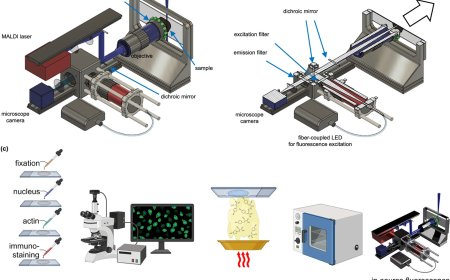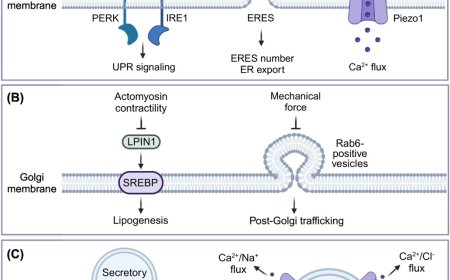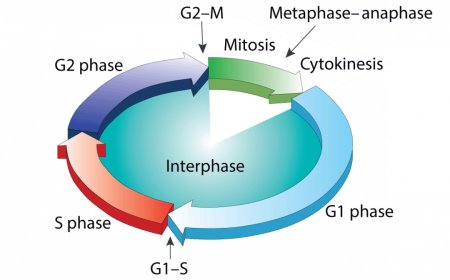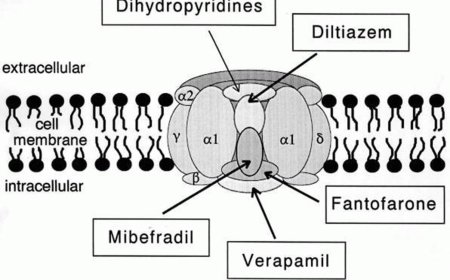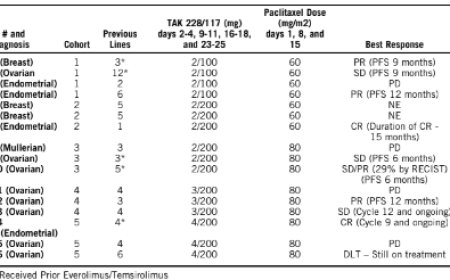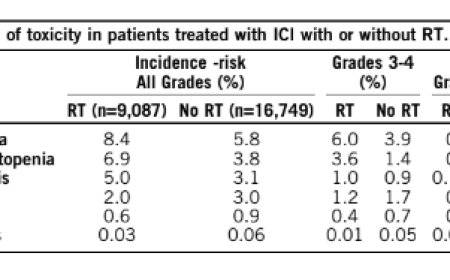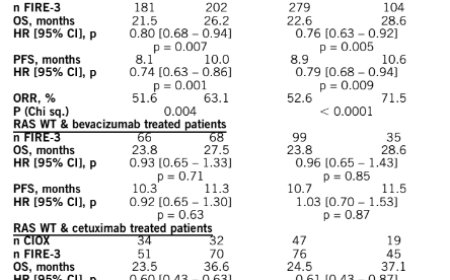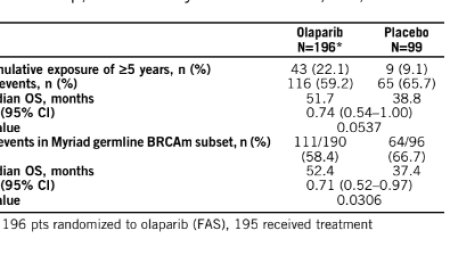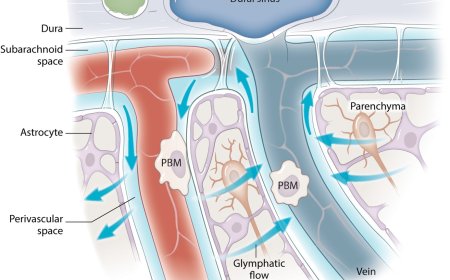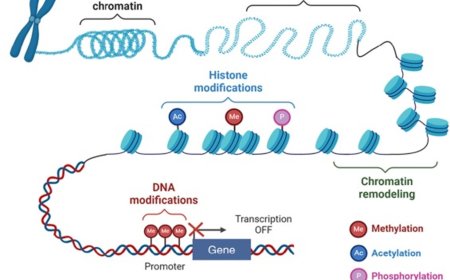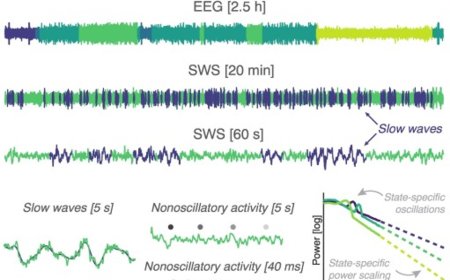BIN1 as a risk factor in Alzheimer’s disease
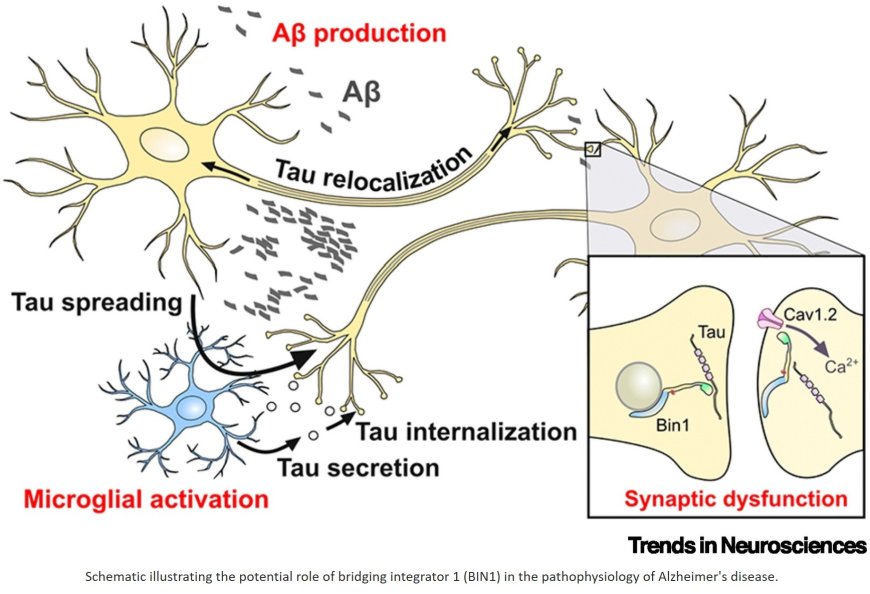
BIN1 is the second-most strongly associated gene with the risk of developing Alzheimer's disease (AD) after APOE.
This association has been attributed to genetic variation in BIN1 that modulates its expression in microglia, although bridging integrator 1 (BIN1) is also expressed in oligodendrocytes and neurons in the brain.
The study of BIN1 has been complicated by its multiple isoforms with cell-type-dependent expression patterns.
BIN1 regulates synaptic plasticity and function, possibly by regulating endocytosis and intracellular trafficking.
Clinical and genetic evidence suggests that BIN1 is linked to tau, but not to amyloid pathology. The SH3 domain of BIN1 binds the proline-rich domain of tau, providing a direct interaction between BIN1 and tau proteins.
This interaction is regulated not only by tau phosphorylation at AD-specific sites, but also by a conformational change in BIN1.
https://www.cell.com/trends/neurosciences/fulltext/S0166-2236(25)00059-1
https://sciencemission.com/BIN1-and-Alzheimer%E2%80%99s-disease
